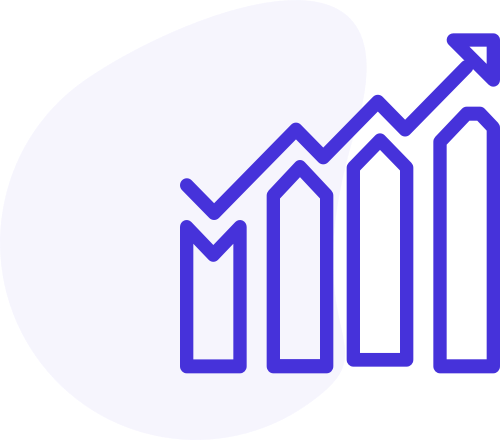GA4 Consent Mode V2
How can GA4 Consent Mode V2 help charities and nonprofits?
Many charities know how important data is to understanding your audience, running successful campaigns, and showing their impact. But with privacy regulations like GDPR, how we collect and use data, it’s tough to find the right balance between gathering insights and respecting privacy. That’s where Google Analytics 4 (GA4) and Consent Mode V2 can really help.
Google’s Consent Mode V2 is all about adapting to people’s privacy choices. When someone visits your site and interacts with your consent banner, this feature lets you collect data only in ways they agree to. If they accept cookies, everything runs as usual. If they don’t, GA4 doesn’t collect personal data but still provides useful insights by estimating trends with “cookieless” tracking.
How Basic Consent Mode Works
If you set up basic consent mode, Google’s tracking tools (tags) won’t load until the visitor interacts with your privacy banner. Once they give consent, the tags load and start collecting data. If they don’t, the tags stay completely blocked—no data is sent, not even their consent status. When this happens, Google relies on broad trends and general models to estimate things like conversions. It’s not as detailed, but it’s still helpful and fully compliant with privacy laws.
How Advanced Consent Mode Works
In Advanced Consent Mode, Google tags load right when someone opens your website or app, even before they interact with the privacy banner. Until the visitor gives consent ( banner), the tags send very limited, cookieless data for basic measurement. If the user agrees to share their data, the tags start sending full data. This gives you better insights than the basic version since it uses anonymous data to enhance Google’s modeling from the start.
Today, many nonprofits and charities need data to measure how their campaigns are working and where they can improve. GA4 and Consent Mode V2 help you gather insights while giving your supporters control over their data. Even if someone declines cookies, you can still get useful information through Google’s modeling tools—without breaking privacy rules or trust.
Have any questions? I will try my best to answer them..
READ MORE